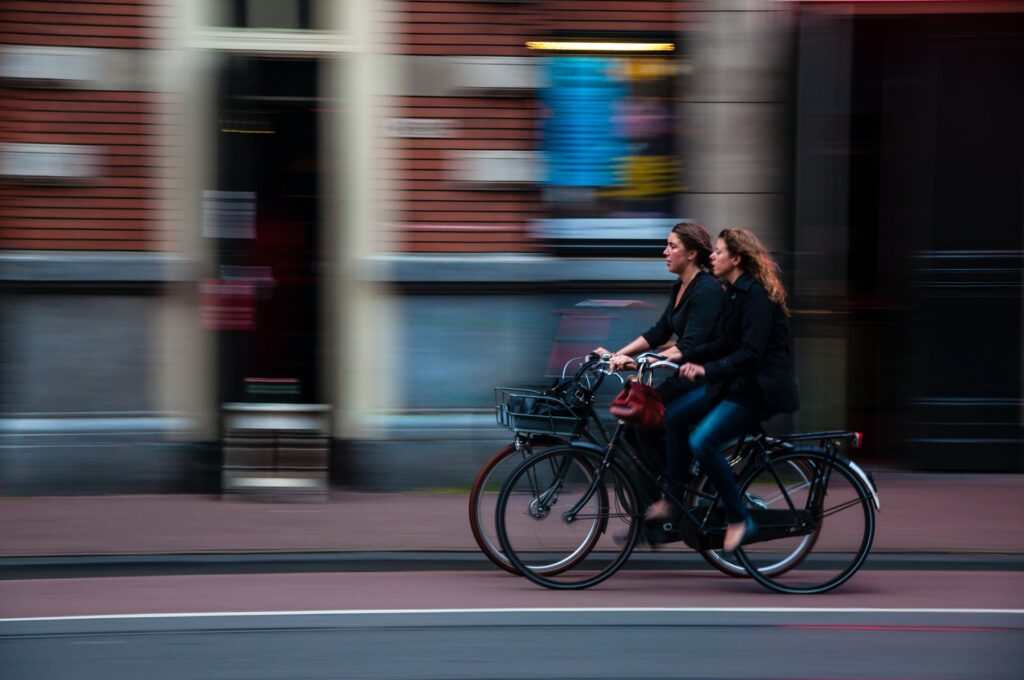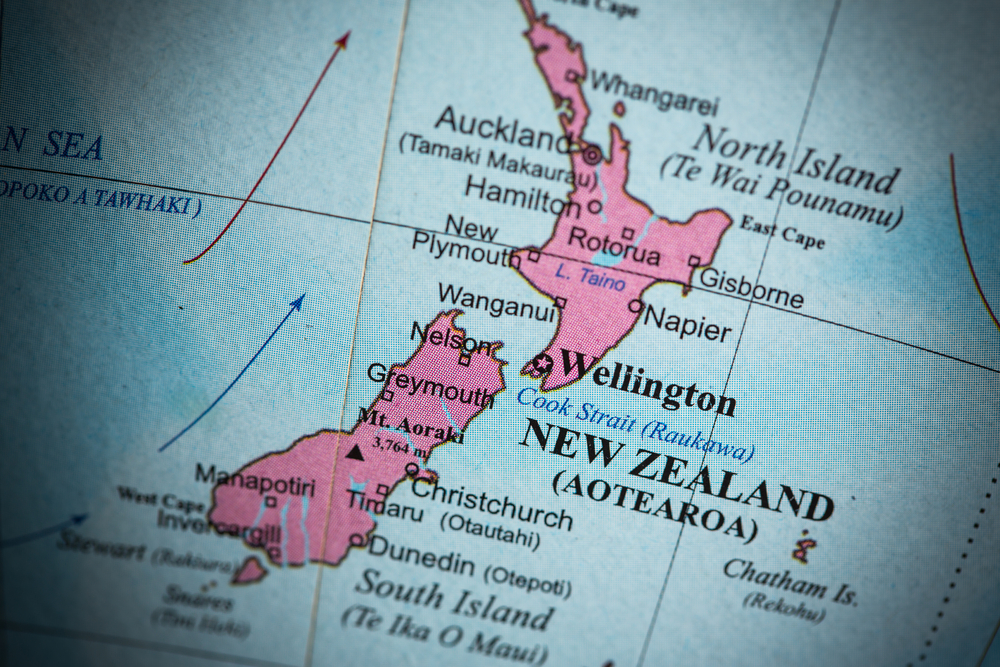Reading Time: 2 minutes
- The total population of the Netherlands is 1.7 million, and the total number of bicycles is 2.2 million.As per a 2019 report.
- This makes it 1.3 bikes per person—nowhere else in the world is bike density as high, and, therefore, the Netherlands is called the kingdom of cyclists.
- Bicycles were popular in the Netherlands before WWII, but with the post-war economic boom, car ownership increased, and the number of cyclists began decreasing (by 6% every year).
- This changed again and people started preferring bicycles, in part because of the people’s sensitivity towards road accidents.
- So, when in 1971, 3300 people (including 400+ children) were killed by motor vehicles, a social movement demanding safer cycling conditions for children was formed.
- The social movement was called Stop de Kindermoord (meaning Stop the Child Murder), and it brought the advantages of cycling (over cars) to everyone’s notice.
- The movement was in its early stages when the Middle East oil crisis hit the Netherlands in 1973.
- During this crisis, oil-exporting Arab countries stopped exporting oil to countries that were perceived to support Israel during the Israel-Arab countries war.
- The social movement and oil crisis pushed the Dutch government to invest in improved cycling infrastructure, and introduce car-free Sundays.
- The Dutch urban planners also changed their focus from the car-centric road-building policies that the rest of the western world was focused on to bicycle-centred policies.
- Over the years, the Netherlands developed a vast network of safeEven toddlers, elderly and pregnant women use bicycles as the easiest mode of transport. cycling paths (smooth, and wide enough to allow side-by-side cycling and overtaking).
- At several locations, the cyclists don’t have to share paths with motorised traffic, and wherever they have to, there are signs with messages such as “Bike Street: Cars are guests”.
- Cars give way to cycles at most locations, and in accidents with cyclists, the car driver is considered to be at fault as a matter of principle.
- Today, the Netherlands has more than 35000 kms of cycle paths, and in cities like Amsterdam and The Hague, up to 70% of all journeys are made by bike (on average, the Dutch cycle 1000 km in a year).
- There are designated posts of bicycle civil servants tasked to maintain and improve the cycle network.
Also Read:
Why half of the working population in the Netherlands work part-time?
Image courtesy of David Marcu through Unsplash
Reference shelf :






















